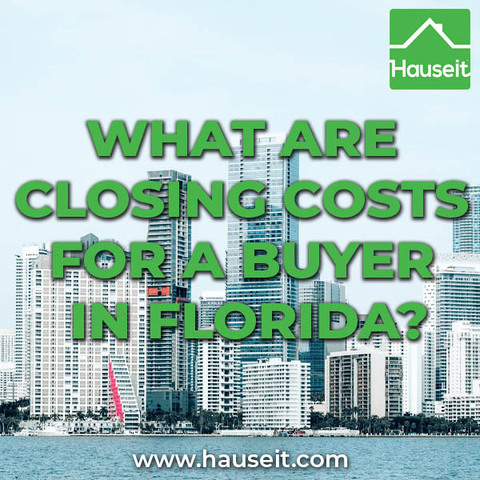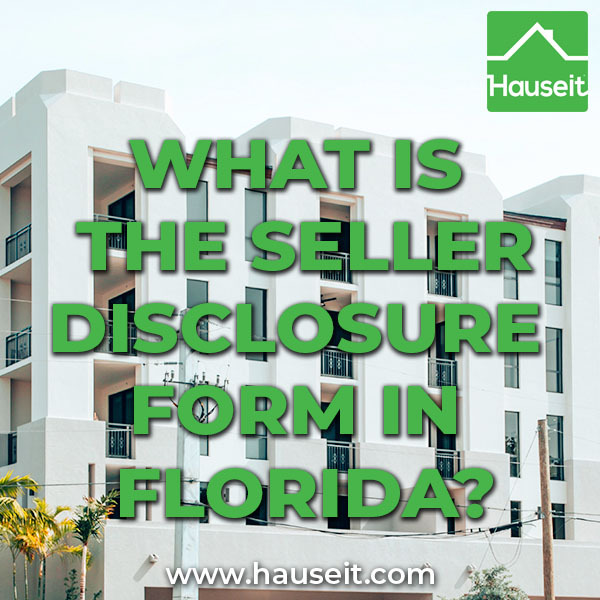There are no such protections in Miami
In contrast, newer is almost always better in South Florida. There are no relevant historical districts to speak of, and the Art Deco district in Miami Beach doesn’t have much in the way of actual housing vs hotels and restaurants for tourists.
Furthermore, due to the merciless climate and the real wear and tear associated with being in a hurricane zone, buildings do become run down over time.
Therefore, you don’t see the same level of pricing resiliency that you see in NYC for older buildings, and the depreciation is very real when it comes to re-sale prices for units in older buildings.
In Miami, there’s always a newer and “better” building being built with more unique or luxurious amenities. As a result, if you’re buying a condo in-land, then you’d better be careful about excess supply coming onto the market in the near future!
Pro Tip: Look ahead to see where older properties are trading for, and fast forward a few years to imagine what your place in the future might sell for. Any depreciation may well be worth it if the price is right, but try to pick properties that are unique or have some type of defensible moat (i.e. waterfront, unobstructed views, unique amenities such as lots of fitness classes, etc.).






